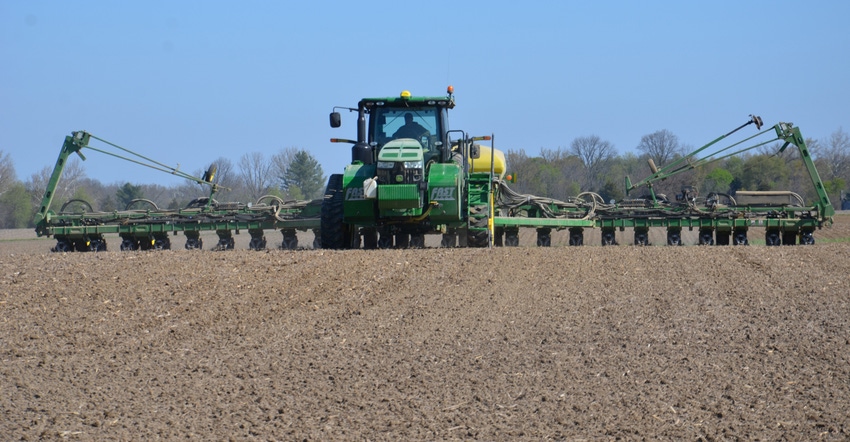
Some people won’t look at university crop budgets because they believe they’re unrealistic. Often, they say costs are too high compared to what happens on their farm.
Michael Langemeier is the Extension ag economist at Purdue University who often rides herd over budgets. He suggests some discrepancy stems from what universities, including Purdue, include in their budgets vs. what farmers think should be in budgets. All that aside, Langemeier believes it’s critical to do a crop budget, no matter who you use for guidance.
“The increase in input costs from 2021 is so sharp that breakeven costs are about $1 per bushel higher for rotation corn and soybeans than a year ago,” he says. “That is a dramatic increase.
“It’s large enough that even with good prices, many people with average land will see breakeven prices for corn around $5.40 to $5.50 per bushel and around $12.50 per bushel for soybeans. With more invested per acre, your risk is much higher. If you know your individual breakeven points, you can make better marketing decisions. Get some 2022 prices locked in at levels where you can cover costs and make a profit.”
The ag economist notes that another reason standard crop budgets may seem high is due to huge variability among farms in several major costs, including cash rent, labor and machinery overhead.
“That’s why you need to compute your own budget and know your true breakeven prices,” he emphasizes.
Closer look at crop budgets
Here’s a closer look at various parts of a budget:
Cash rent. Based on an example farm in west-central Indiana, Langemeier says net return per acre is about $100 per acre higher in ’22 compared to ’21. That’s why he’s figuring a 5% increase in cash rent for ’22. However, what you pay may be higher or lower.
“We don’t see cash rent having legs to continue going up beyond ’22 if returns settle down to about $270 per acre,” Langemeier says. “Input prices are up so sharply that returns in ’22 and beyond are expected to be more like ’20, not ’21.”
Cash rent for land on a per-bushel basis is normally the highest cost in a corn budget, he continues, currently around $1.30 to $1.35. “This year, fertilizer comes in at $1.55 per bushel in our corn budget, even higher than cash rent,” Langemeier points out.
Breaking down budgets. Any crop budget should include variable costs and fixed costs, Langemeier says. If you don’t count all fixed costs, your budget may come in lower than sample budgets. The Purdue crop budgets include all variable costs, such as seed, fertilizer, herbicides and fungicides, and also fixed costs, including labor and machinery overhead, plus interest and opportunity costs.
Labor costs. Here’s one place where crop budgets separate themselves. “We see true labor costs varying from $30 to $100 per acre on various farms,” Langemeier observes. “That’s a wide range. Put in your own value for labor.”
Machinery costs. The variable cost category picks up things like fuel and repairs, but you must account for ownership costs, Langemeier says. “I put in $85 per acre in our ’22 corn and soybean budgets. Your actual fixed cost for machinery could be higher or lower, and it will move your breakeven point.”
About the Author(s)
You May Also Like




